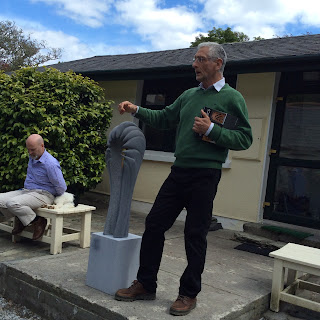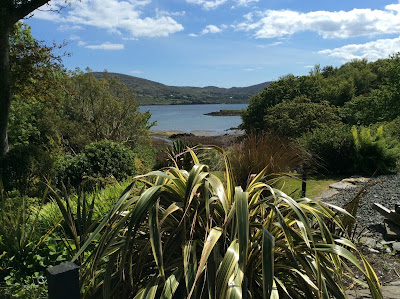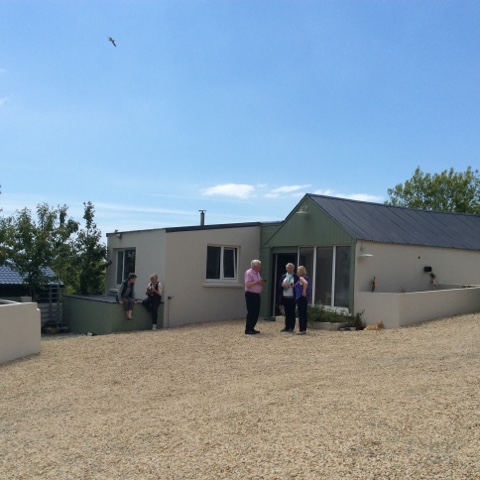 |
| DIA Beacon, a former Nabisco box factory on the Hudson River |
I argued the merits of conceptual art in a dinner table discussion recently by bringing in the name of an artist I admire. He was not known to my dinner partners and probably not to many people around the world. Let me present: On Kawara.
I first saw On Kawara's paintings in the DIA Beacon museum in Beacon, NY. There I saw a room lined with his date paintings. I was immediately engaged - at the time I was exploring a Time theme in my graduate studies. I was looking for artists who dealt with Time in their work, and here was one in quite a literal way.
Each painting was a date painted in white paint on a color background. But the dates were all written differently - some were written with the day of the month first, then the month. Some had the names of the months in foreign languages, and some were what I was familiar with: english language with the month written first.
 |
| they weren't always the same size, color, or type |
An explanation of the series, called the Today series, was available on the wall and it explained a lot. First of all, each painting was completed by hand in the space of one day - the day of the painted date. Each one used the language and date form of the country it was painted in (On Kawara was a frequent traveler).
On Kawara did these paintings over many years beginning in January 1966 and ending in the year of his death, 2014.
Along with the painting he made a custom cardboard box to house the painting. It had a newspaper's front page from the day and country of the painting pasted inside the cover. Sometimes this box is displayed with the date painting.
 |
| postcards from the I Got Up series |
In between date paintings, On Kawara was doing other work. For example, the Self-Observation series which consisted of I Got Up, I Went and I Met. The first involved sending two postcards per day on which were written: "I got up." He did this for twelve years
I Went were photocopied maps of his day's travels.
I Met was a typed list of the people he met each day.
As you can see, On Kawara's life was quite literally his art.

Calendar projects dealt with time in a very literal way. One of the calendar projects was One Million Years, a book in two volumes: One Million Years (past) and One Million Years (future). These consisted of lists of dates and were read at exhibits by two people reading aloud.
He sent many, many telegrams that read simply "i am still alive," and his signature.
Pure Consciousness was a selection of date paintings that were sent to elementary schools around the world and hung in classrooms for a period of time. The paintings selected all had dates from the children's own lifetimes.
Yes, he could draw, he could make objects, and was a skilled artist in many ways. He chose to create art of a more conceptual type. It is both cerebral and spiritual. It is about being conscious during each day, each moment of our lives. His is the kind of art that extends beyond visual art into performance, the written word, philosophy, and spirituality
On Kawara's life, according to his published obituary, was 29,771 days. I somehow feel that these days were lived more fully aware than many of us more unconscious souls, myself certainly included. He was, he is an artist, I believe, in the very essence of his being. He is timeless - now.



















































